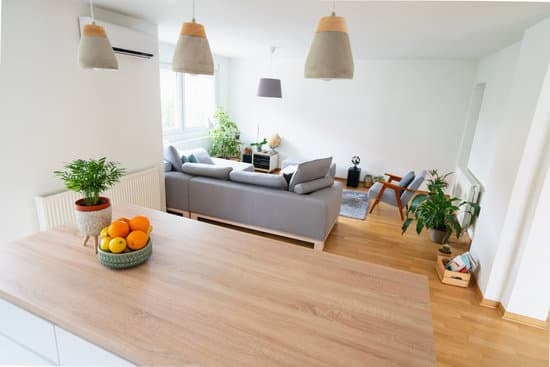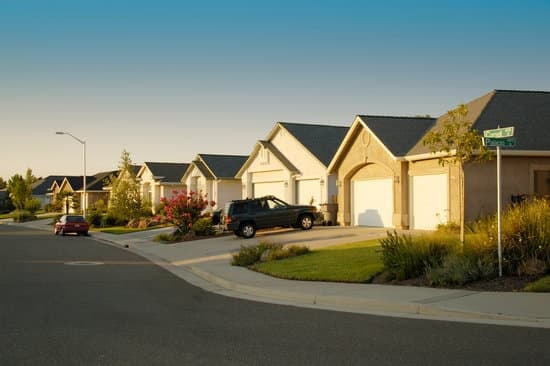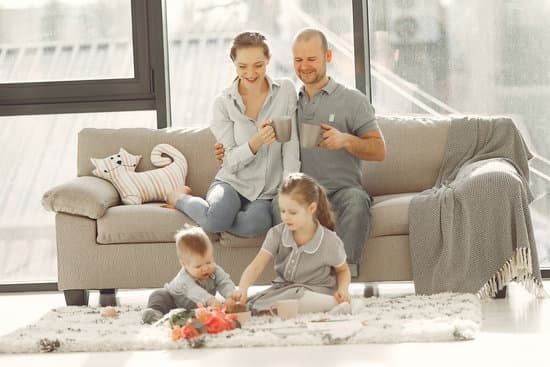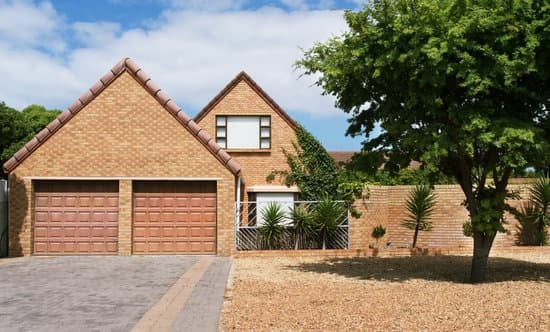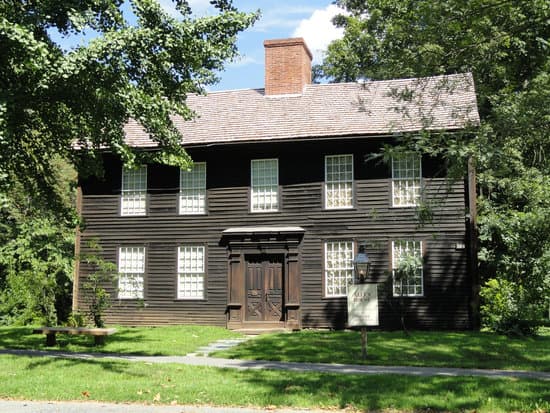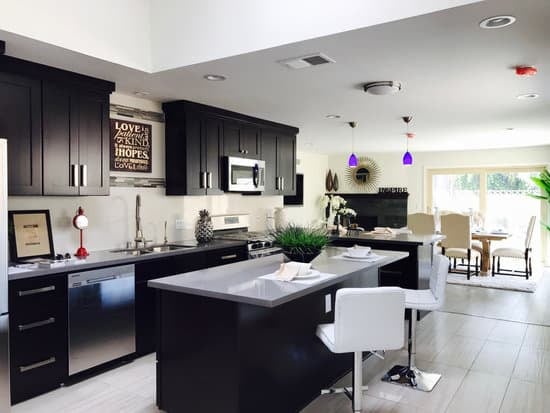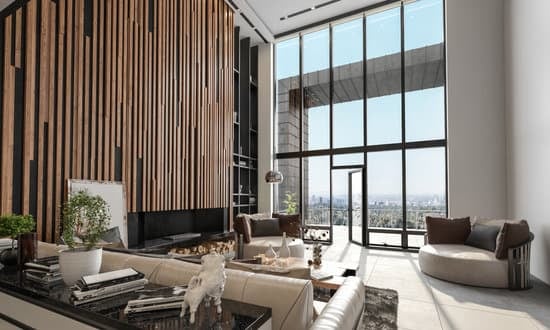The 1970s’ Color Palette: A Blast from the Past
The ’70s were a time of bold experimentation with fashion and interior design. One look at the popular color palette of the era will confirm this. Earth tones were all the rage in the 1970s, and they defined the era’s aesthetic in a significant way. Natural hues and shades that represented nature at its finest were the go-to choices for many designers, and they remain an inspiration to this day. Earth tones may have been the peak of popularity in the seventies, but their influence continues to shape modern designs.The Definition of Earth Tones: Nature-Inspired Colors in the 70s
Earth tones are all about natural-inspired colors. They typically refer to any shade of tan or brown, the harvest gold color, orange burnt, and the avocado and olive shades of subtle green. The 1970s’ color palette blended these earthy hues in fascinating ways, creating a look that speaks to nature and all its beauty. The muted colors were a shift away from the bright, bold schemes of the previous decade and reflected a move towards a more natural aesthetic.Some examples of earth tones used in the 1970s include:
– Harvest Gold: A warm, golden color that is reminiscent of wheat fields and sunshine. This hue was a popular choice for kitchen appliances, textiles, and ceramics.
– Burnt Orange: A bold and bright shade that was used in a variety of ways, from shag carpets to wall colors.
– Avocado and Olive: Subtle shades of green that added a natural element to the color palette. These colors were used on everything from furniture to wallpaper.










